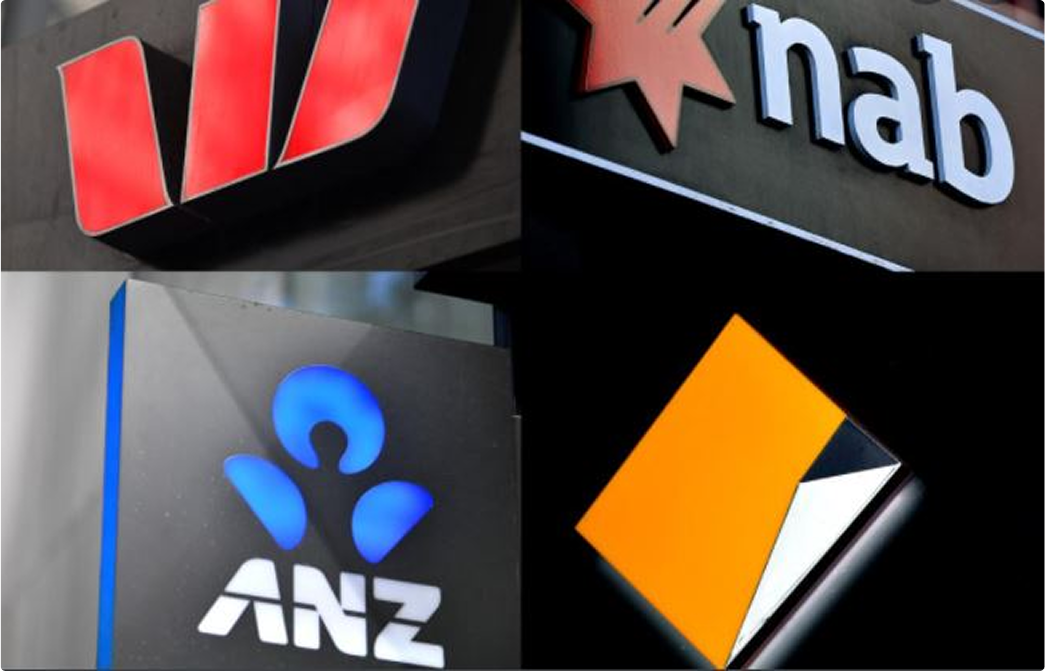Complexities
The Australian banking sector is contending with a range of structural and emerging challenges that are reshaping its operating environment.
- Rising customer expectations - customers are becoming increasingly discerning, expecting secure transactions and seamless, personalised experiences across digital and physical channels.
- Evolving market disruptions - evolving market dynamics such as Buy-Now-Pay Later, neobanks, cryptocurrency and Central Bank Digital Currency.
- Constant threat of cyber attacks - as they grow in frequency and sophistication, including fraud/scams. Customers are demanding better protection against scams.
- Increasing regulatory demands - complex regulatory reforms are placing pressure on banks to adapt quickly while maintaining compliance, often requiring significant investment in systems and processes.

How technology can help
Together, these challenges are pushing Australian banks to become more agile, tech-savvy, and customer-focused to remain resilient in a rapidly evolving financial landscape. To stay competitive and secure in this fast-evolving landscape, banks are embracing cloud computing, data analytics, and AI to transform their operations:
- Cloud offers scalability, cost-efficiency, and faster innovation cycles, enabling banks to launch new digital services more rapidly.
- By leveraging data analytics, institutions can detect fraud in real-time, personalise customer experiences and solutions, and gain deeper insights into risk and performance.
- AI enhances everything from chatbots for seamless customer service to algorithmic credit scoring that improves lending decisions. Together, these technologies are helping modernise the banking sector, making it smarter, faster, and more resilient.





